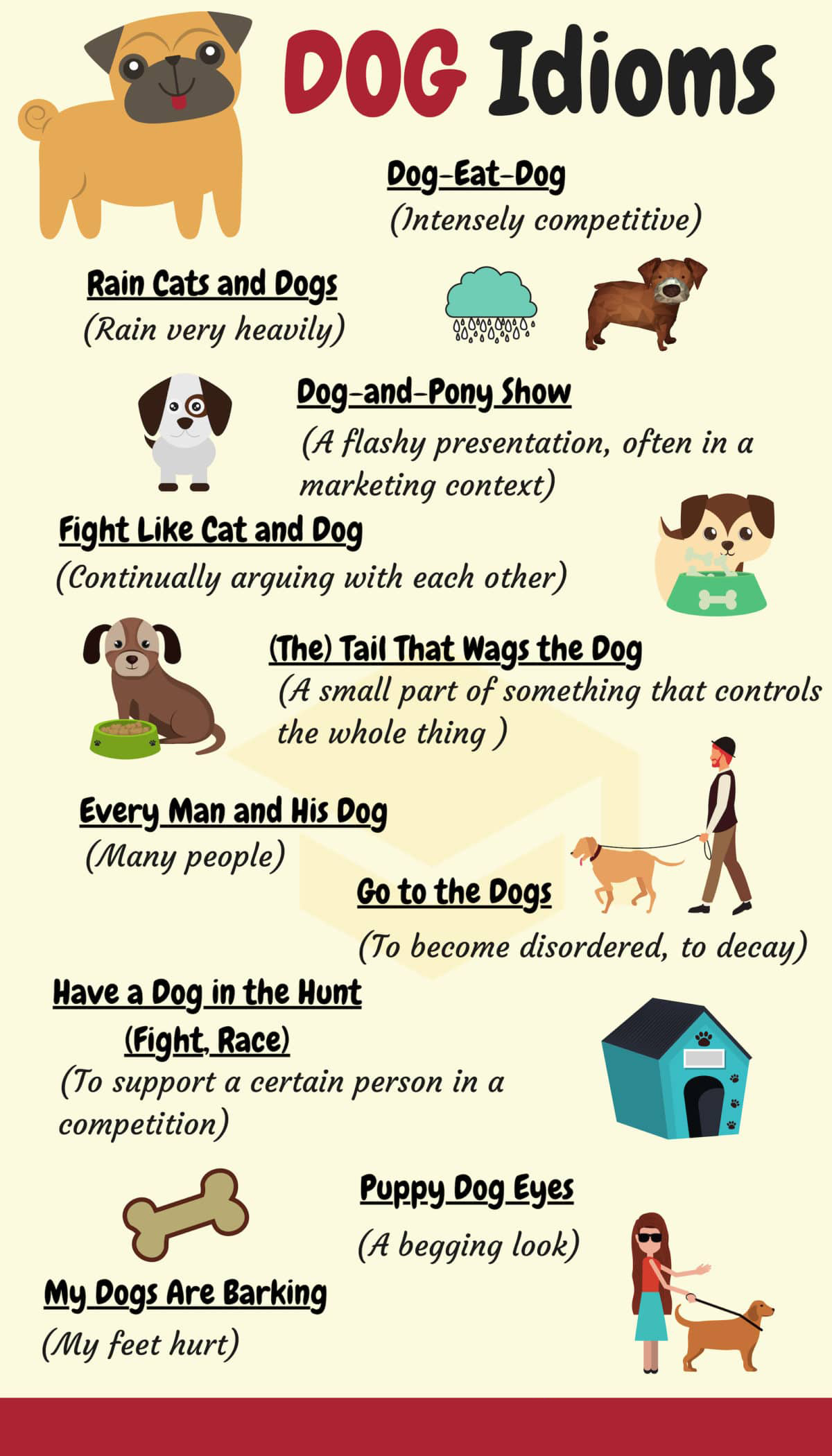Understanding Aggressive Pets: Causes, Solutions, and Prevention
Guide or Summary:Fear AggressionTerritorial AggressionProtective AggressionRedirected AggressionLack of SocializationPast TraumaMedical IssuesGeneticsTraini……
Guide or Summary:
- Fear Aggression
- Territorial Aggression
- Protective Aggression
- Redirected Aggression
- Lack of Socialization
- Past Trauma
- Medical Issues
- Genetics
- Training and Socialization
- Consulting Professionals
- Creating a Safe Environment
- Regular Veterinary Care
#### Introduction to Aggressive Pets
Aggressive pets can pose a significant challenge for owners and can lead to dangerous situations if not properly managed. Understanding the root causes of aggression in pets is crucial for both the safety of the pet and the people around them. In this article, we will explore the different types of aggressive behavior in pets, the underlying causes, and effective strategies for managing and preventing aggression.
#### Types of Aggressive Behaviors in Pets
Aggressive pets may display various types of aggression, including:
Fear Aggression
Fear aggression occurs when a pet feels threatened and reacts defensively. This can happen in situations where the pet is startled or feels cornered. For example, a dog that has been mistreated may react aggressively when approached by strangers.
Territorial Aggression
Territorial aggression is common in pets that feel the need to protect their home or space. This can manifest when a pet barks or growls at visitors or other animals entering their territory.
Protective Aggression
Some pets may become aggressive when they perceive a threat to their owner or themselves. This protective instinct can lead to aggressive behavior if they feel the need to defend their loved ones.

Redirected Aggression
Redirected aggression occurs when a pet is unable to reach the source of their frustration and instead directs their aggression towards another target. For example, if a dog is excited by another dog outside but cannot reach it, they may lash out at a nearby person or another pet.
#### Causes of Aggression in Pets
Understanding the causes of aggression is key to effectively managing it. Common causes include:
Lack of Socialization
Pets that have not been properly socialized may react aggressively to new experiences, people, or animals. Early socialization is essential to help pets learn how to interact positively with their environment.
Past Trauma
Pets that have experienced abuse or neglect may develop aggressive tendencies as a defense mechanism. These pets may require extra patience and care to overcome their past experiences.
Medical Issues
Sometimes aggression can be linked to underlying health problems. Pain or discomfort can lead to irritability and aggressive behavior. A veterinary check-up is essential if sudden aggression is observed.

Genetics
Certain breeds are predisposed to aggressive behavior due to their genetic makeup. While this does not mean all pets of these breeds will be aggressive, it is a factor to consider.
#### Managing and Preventing Aggression
Addressing aggression in pets requires a multifaceted approach:
Training and Socialization
Investing time in training and socializing pets can significantly reduce aggressive behavior. Positive reinforcement techniques can help pets learn appropriate responses to various stimuli.
Consulting Professionals
If aggression persists, consulting a professional dog trainer or animal behaviorist can provide tailored strategies to manage the behavior effectively.
Creating a Safe Environment
Ensuring that pets feel secure in their environment can help minimize aggression. This includes providing a safe space for pets to retreat when they feel threatened.

Regular Veterinary Care
Regular check-ups with a veterinarian can help identify any underlying health issues contributing to aggressive behavior. Addressing these issues can lead to significant improvements in a pet's temperament.
### Conclusion
Aggressive pets can be a source of concern for many owners, but with the right understanding and approach, it is possible to manage and reduce aggression effectively. By recognizing the types of aggression, understanding their causes, and implementing appropriate training and management strategies, pet owners can create a safer and more harmonious environment for both their pets and themselves.